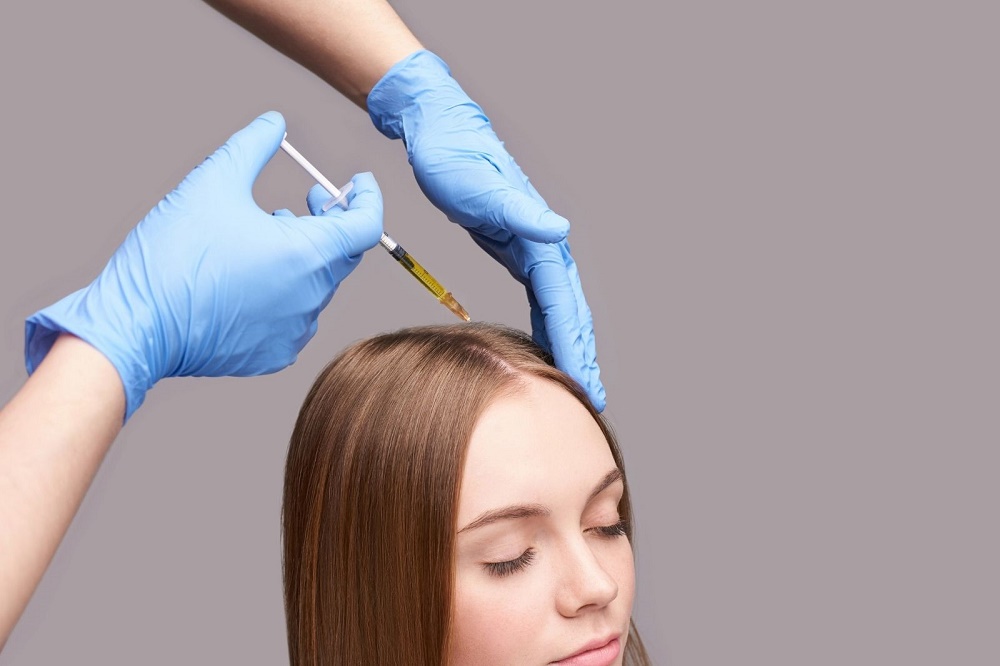Platelet-rich plasma (PRP) therapy has emerged as a popular treatment for hair loss, offering a natural solution for individuals seeking to restore their hair and confidence. This minimally invasive procedure utilizes the body’s own healing properties to stimulate hair growth. This article explores how PRP therapy works, its benefits, and what to expect during the treatment process.
1. What is PRP Therapy?
**a. Definition
PRP therapy involves drawing a small amount of a patient’s blood, processing it to concentrate the platelets, and then injecting this platelet-rich plasma into the scalp. The growth factors in PRP are believed to promote hair follicle health and stimulate new hair growth.
**b. Mechanism of Action
The growth factors present in PRP help to improve blood flow to hair follicles, prolong the growth phase of hair, and potentially stimulate dormant hair follicles, leading to thicker and healthier hair.
2. Benefits of PRP for Hair Loss
**a. Natural Treatment
Since PRP uses the patient’s own blood, it minimizes the risk of allergic reactions or adverse effects associated with synthetic treatments.
**b. Minimally Invasive
The procedure is non-surgical, requiring only small injections, which means less downtime and a lower risk of complications compared to surgical hair restoration methods.
**c. Quick Results
Many patients begin to notice improvements in hair density and thickness within a few months, with optimal results typically seen around six months after treatment.
3. The PRP Treatment Process
**a. Initial Consultation
The journey begins with a consultation where a healthcare provider assesses your hair loss condition, discusses treatment options, and determines if PRP therapy is suitable for you.
**b. Blood Draw and Processing
During the procedure, a small amount of blood is drawn from your arm. The blood is then placed in a centrifuge, which spins it at high speeds to separate the plasma and concentrate the platelets.
**c. Injection
Once the PRP is prepared, it is injected into the scalp at areas experiencing thinning or hair loss. The procedure typically takes about 30 to 60 minutes.
**d. Post-Treatment Care
After the injections, patients are usually advised to avoid strenuous activities and direct sunlight for a short period. The provider will give specific aftercare instructions to maximize results.
4. Considerations and Expectations
**a. Multiple Sessions
Most patients benefit from a series of PRP sessions, often spaced a month apart. Ongoing maintenance treatments may also be recommended to sustain results.
**b. Realistic Expectations
While PRP therapy can be effective, it may not work for everyone. Results can vary based on individual factors such as the extent of hair loss and overall health.
**c. Consult a Specialist
Choosing a qualified provider with experience in PRP therapy is essential for achieving the best results. Look for specialists who focus on hair restoration and have a proven track record.
5. Conclusion
PRP For Hair Loss offers a promising, natural, and minimally invasive solution for individuals looking to restore their hair and confidence. With its growing popularity and positive results, it has become a go-to option for many facing hair thinning or loss. If you’re considering PRP therapy, consult with a qualified professional to discuss your specific needs and goals, and embark on your journey to healthier hair.








